

In the ever-evolving landscape of skincare, innovation takes center stage. The synergy of artificial intelligence and skincare has given rise to groundbreaking technologies, and two... read more

.png)
.png)
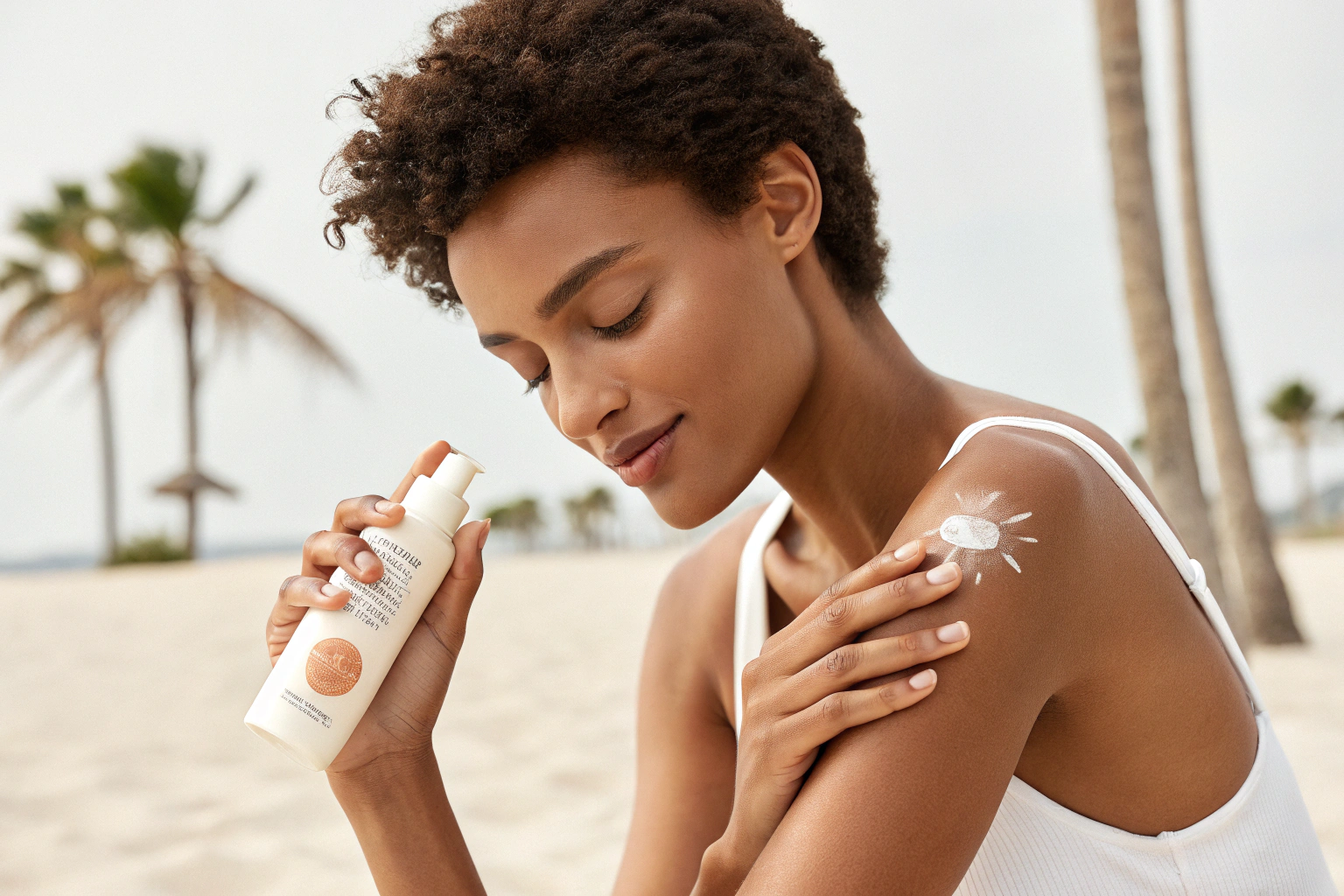
As the weather heats up, protecting your skin from the sun becomes more important than ever, especially as skin begins to age. Sun exposure is one of the leading causes of premature aging, triggering fine lines, dark spots, and loss of firmness. But the right sunscreen can do more than just block UV rays, it can help nourish and support aging skin.
Let’s walk through some of the best sunscreens for mature skin in 2025, and how they can help keep your skin healthy and glowing this summer.
Want to first do a skin analysis before diving in? Start with this easy step-by-step guide on how to do a skin analysis to understand your skin.
As we age, our skin becomes thinner, drier, and more sensitive to the environment. UVA rays, in particular, penetrate deeper into the skin, breaking down collagen and speeding up signs of aging. That’s why using a broad-spectrum sunscreen every day is one of the smartest skin care decisions you can make.
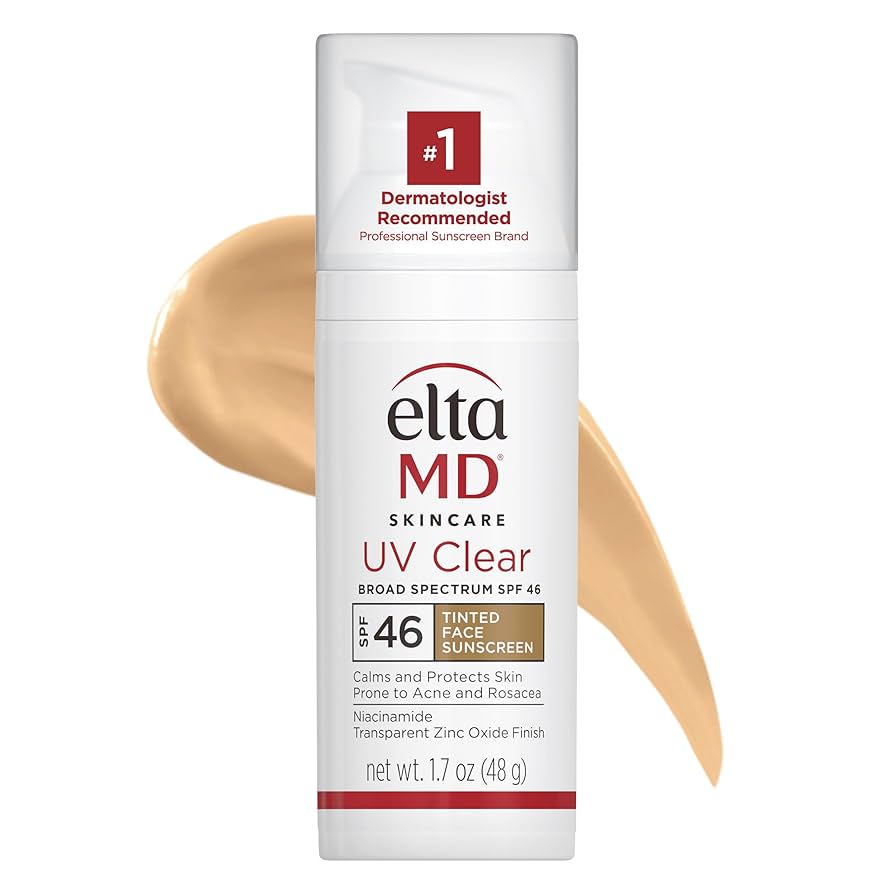
This lightweight sunscreen is a longtime favorite for good reason. It’s oil-free, absorbs quickly, and doesn’t leave a white cast, making it ideal for sensitive or redness-prone skin.
Bonus: it’s packed with niacinamide and hyaluronic acid to calm and hydrate.
With a high SPF and antioxidant-rich formula, this sunscreen offers powerful protection in a smooth, moisturizing texture. It’s water-resistant for up to 80 minutes and gentle enough for both face and body.
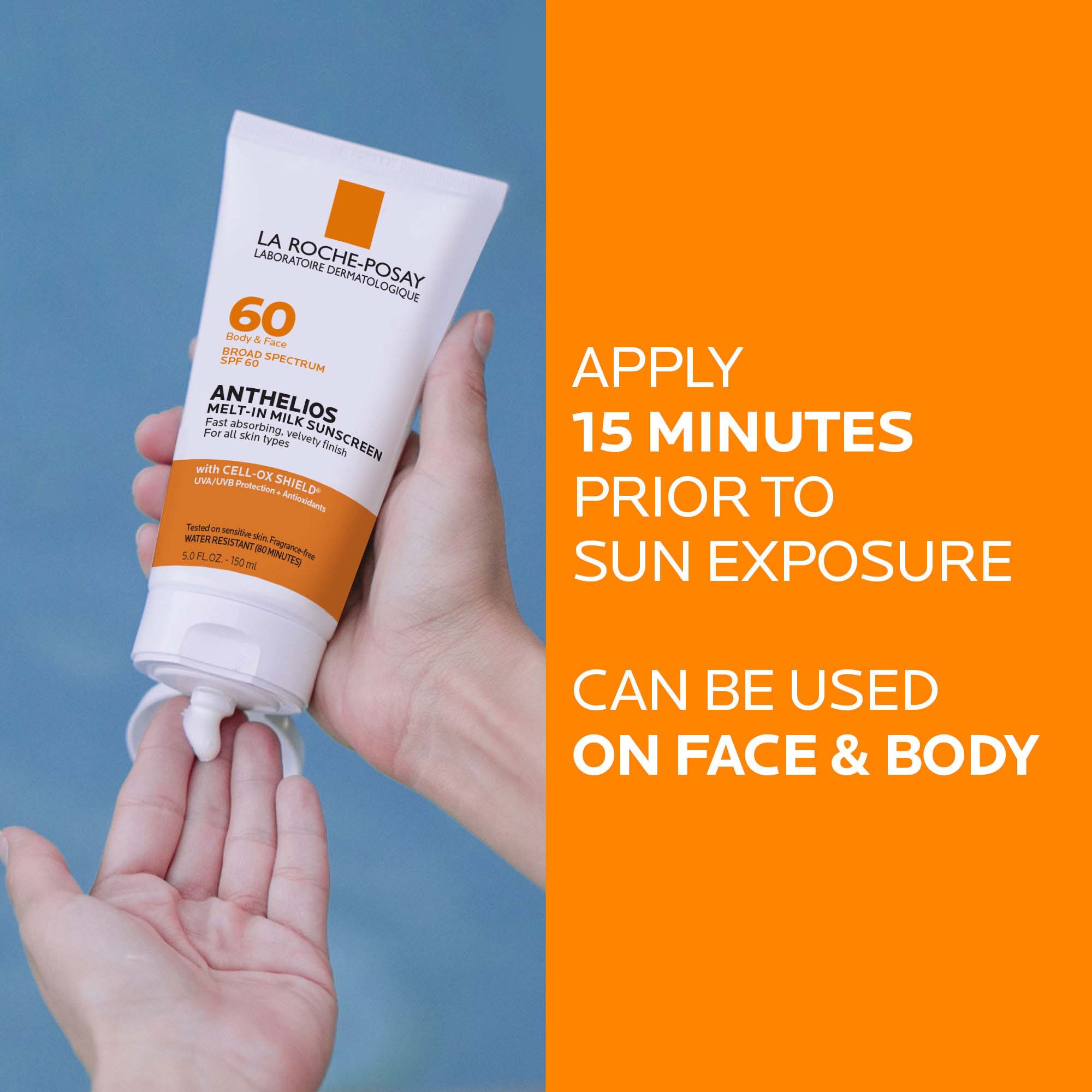
This invisible, weightless sunscreen feels more like a primer than a traditional SPF. It’s great under makeup and includes red algae and meadowfoam seed oil for added antioxidant and hydration benefits.
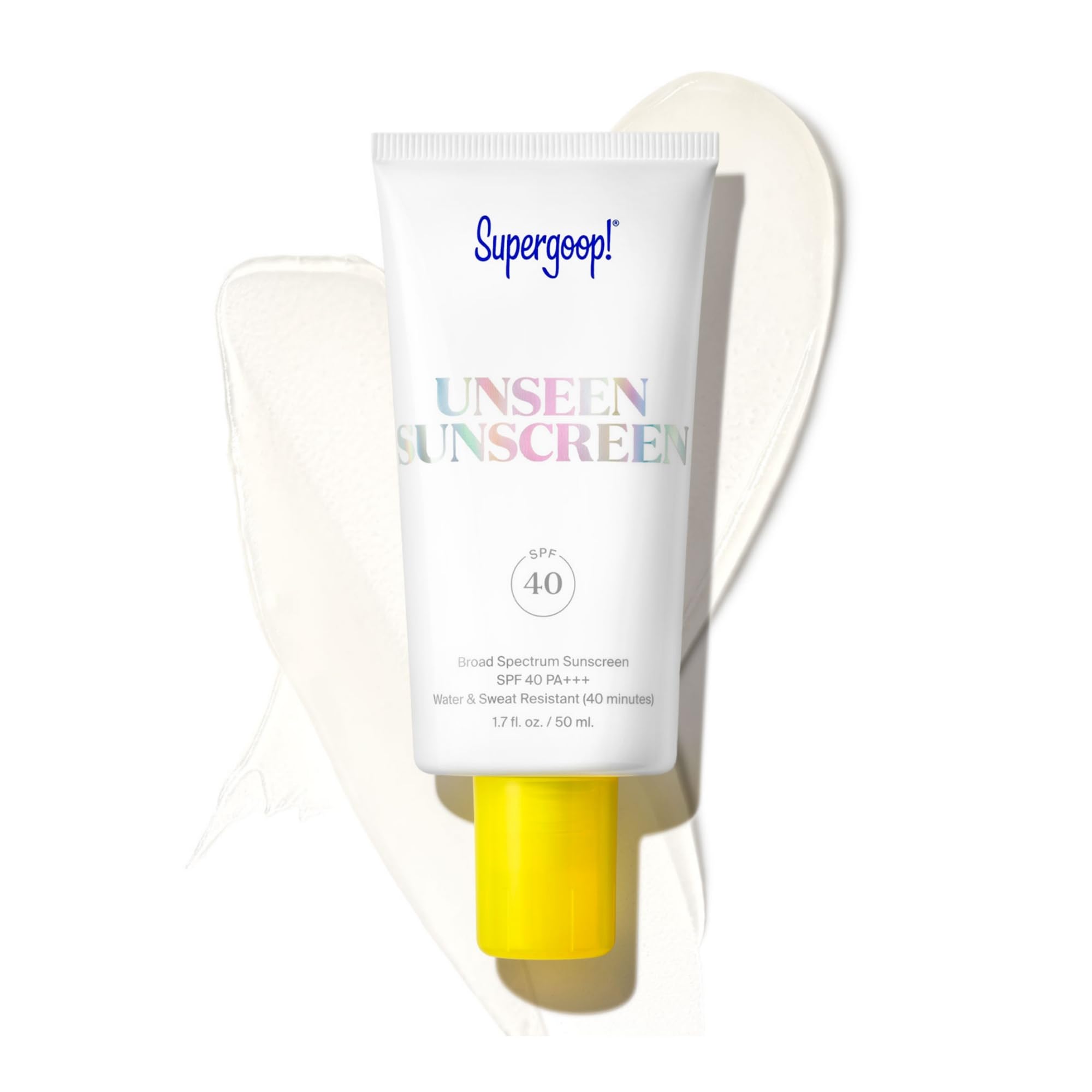
This multitasking formula combines sun protection with anti-aging vitamins like C and B3. It also includes biofermentation technology and shea butter to improve skin texture and moisture.
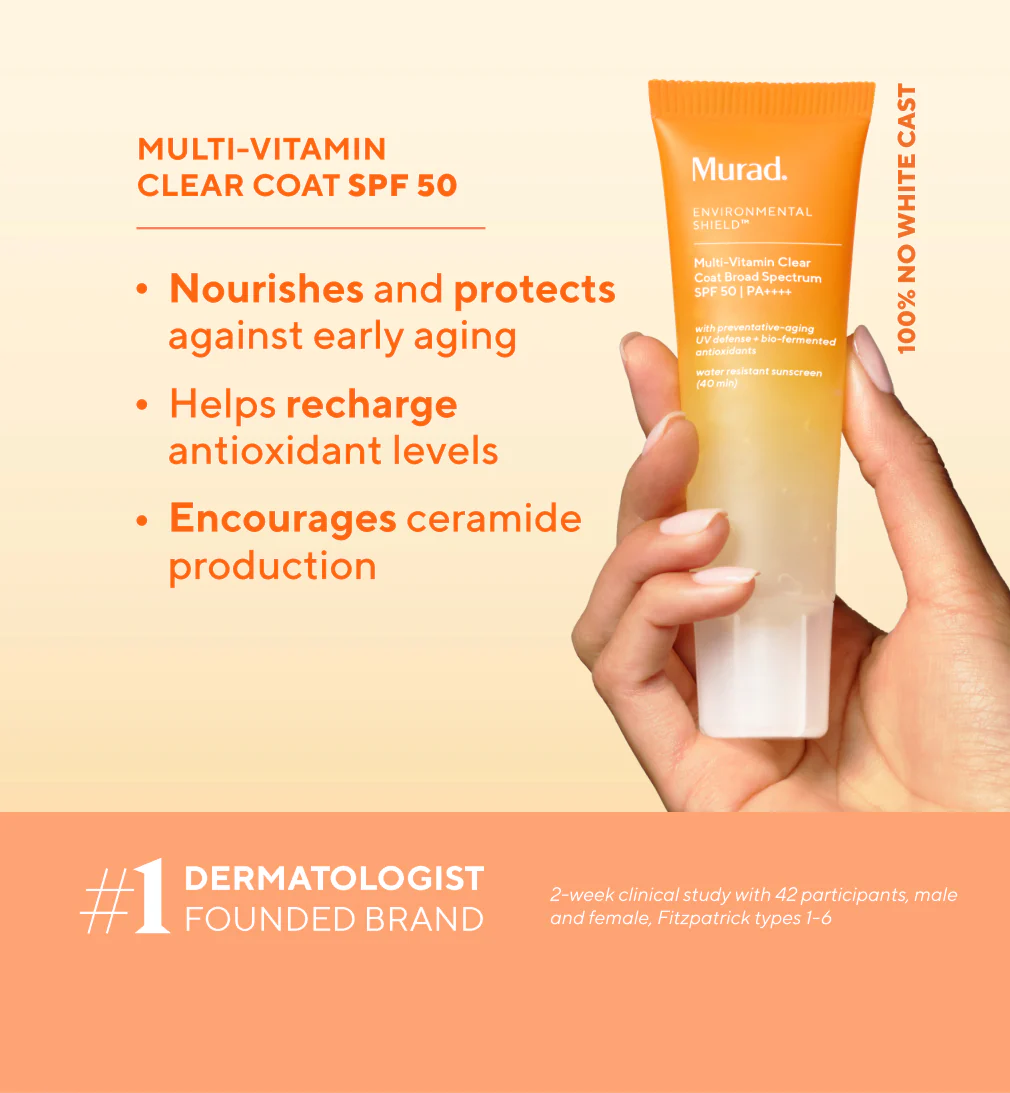
A great everyday option for aging skin, this lotion doubles as a moisturizer. It includes ceramides and niacinamide to strengthen the skin barrier and soothe dryness without feeling heavy.
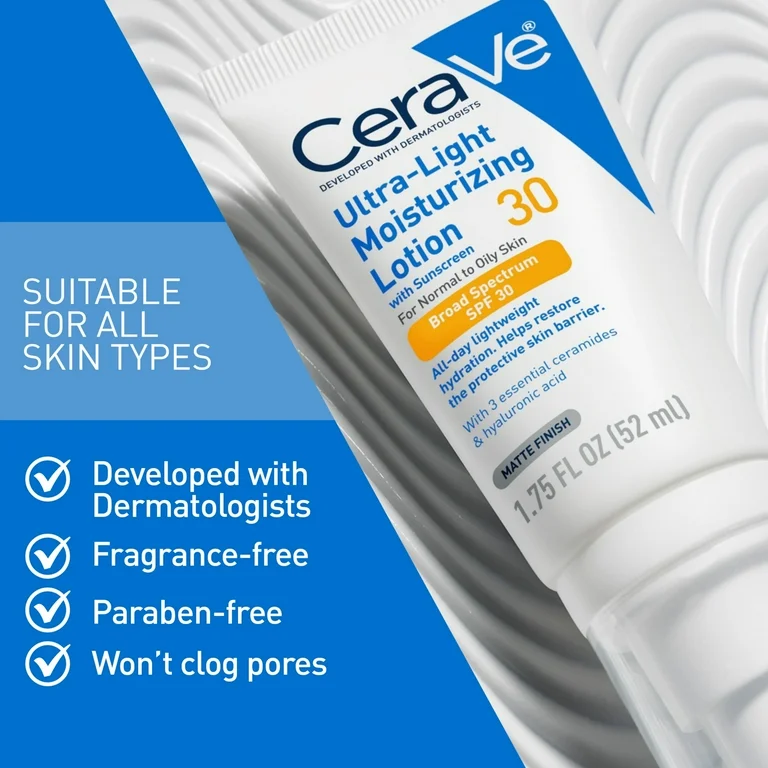
If you’re interested in buying these sunscreens, you can easily find them on Amazon for quick delivery and trusted reviews.
As we age, our skin naturally loses collagen and elasticity. UVA rays penetrate deep into the skin, accelerating this process and contributing to wrinkles, sagging, and uneven tone.
A broad-spectrum sunscreen can help prevent further damage while supporting the skin’s barrier, reducing inflammation, and keeping the complexion even.
Want a sneak peek at what’s shaping the skincare world? Explore the top beauty trends of 2025.
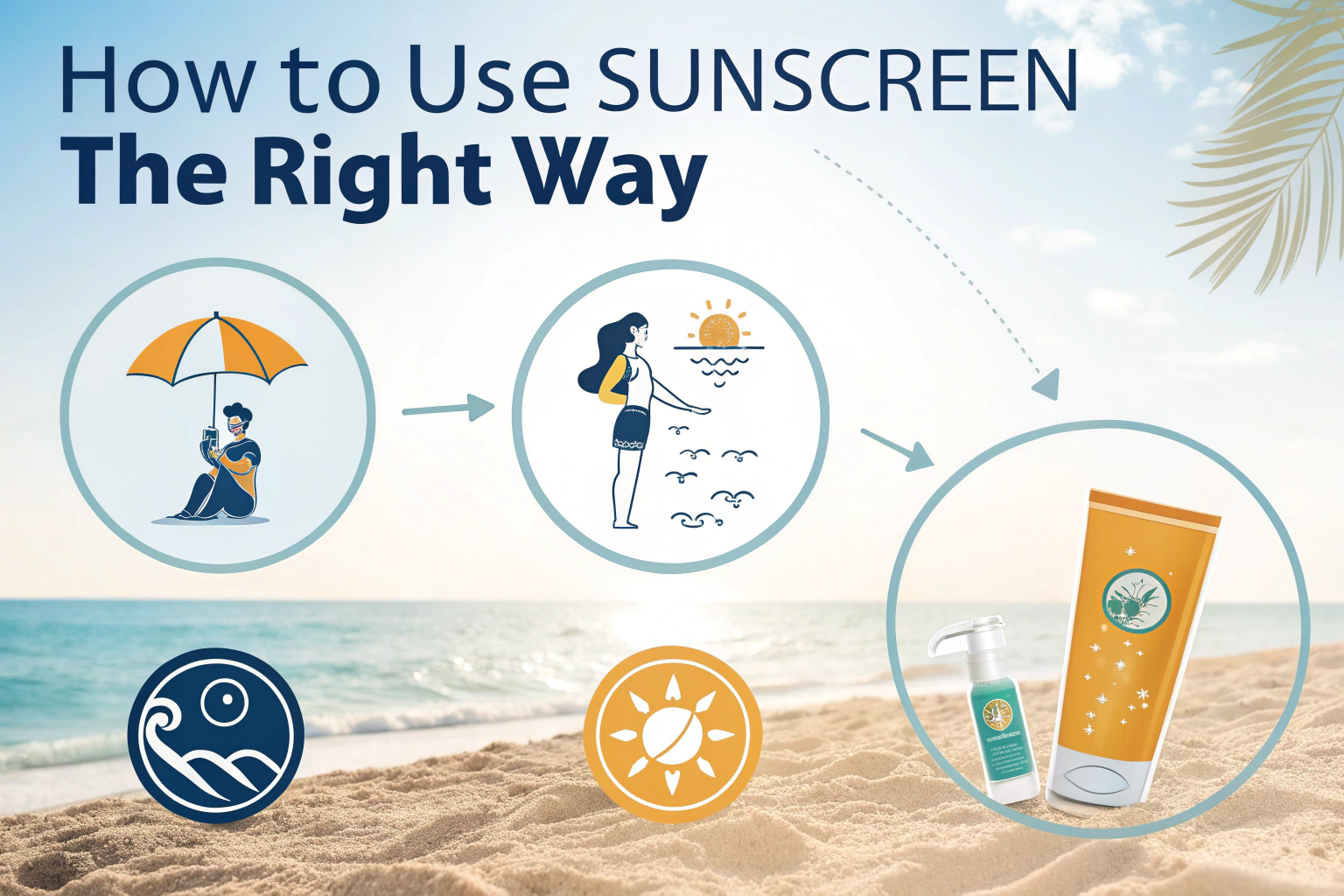
Putting on sunscreen once in the morning isn’t enough if you want real protection. You need to use a good amount and cover all the skin that will be exposed to the sun. If you’re outside for a while, or if you’re swimming or sweating, reapply every two hours. That way, your skin stays protected all day long.
Look for sunscreens that say “broad-spectrum” on the label. This means they protect your skin from both types of harmful UV rays, UVA, which causes aging, and UVB, which causes sunburn. Make sure the SPF is at least 30. If your skin is sensitive or tends to break out, pick a formula that’s gentle and doesn’t clog pores. Fragrance-free options are also better if your skin is easily irritated.
Most people remember to protect their face but forget other important areas. The neck and chest are often exposed to the sun and can show signs of aging quickly. Don’t skip your hands either, they get a lot of sun when you’re driving or walking outside. Around the eyes is another spot people miss, but it’s important too. Choose a sunscreen that’s safe to use near your eyes so you can protect that delicate skin.
When it comes to sun protection, choosing the right sunscreen is just one part of the equation. Experts recommend using a sunscreen with at least SPF 30 that offers broad-spectrum protection.
The best sunscreen for you depends on your unique skin concerns. That’s where Face Age comes in.
Our AI-powered skin analysis helps you understand what your skin really needs, whether it’s more hydration, barrier support, or pigmentation care. With one photo, we analyze over 250 skin markers and suggest personalized routines, including sun protection, tailored to your skin’s age and condition.
Aging beautifully starts with smart sun care. Choosing the right sunscreen, applying it correctly, and understanding your skin’s unique needs are all part of the process.
So before you head outdoors, make sure you’ve got your SPF, and your skin analysis, covered.
Ready to get matched with the right skincare routine, including SPF, for your unique skin age? Try Face Age’s AI Skin Analysis now and take the guesswork out of sun protection.
We'd Love to Hear from You!
What’s your go-to sunscreen for summer? Have you tried any of the products we mentioned, or discovered a new favorite? Share your thoughts, tips, or questions in the comments below!
1. What SPF is best for mature skin?
Dermatologists recommend broad-spectrum SPF 30 or higher for mature skin. Higher SPF provides more protection, especially for thinning or sun-damaged skin.
2. Should I wear sunscreen even if I’m indoors?
Yes, UVA rays can pass through windows, contributing to skin aging even when you’re inside. Daily sunscreen use is still important.
3. What ingredients should I look for in sunscreen for aging skin?
Look for niacinamide, hyaluronic acid, ceramides, and antioxidants like vitamin C. These help hydrate and protect against free radical damage.
4. Can sunscreen reduce wrinkles?
While sunscreen can’t erase existing wrinkles, it can prevent new ones by protecting your collagen and skin barrier from UV damage.
5. Is mineral or chemical sunscreen better for aging skin?
Both work well, but mineral sunscreens (zinc oxide, titanium dioxide) are often gentler on sensitive, aging skin. Look for lightweight, non-drying formulas.
Lorem ipsum dolor sit amet, consectetur adipiscing elit. Suspendisse varius enim in eros elementum tristique. Duis cursus, mi quis viverra ornare, eros dolor interdum nulla, ut commodo diam libero vitae erat. Aenean faucibus nibh et justo cursus id rutrum lorem imperdiet. Nunc ut sem vitae risus tristique posuere.
Who has used Face Age in their online shop and enjoyed it?
.png)
.png)